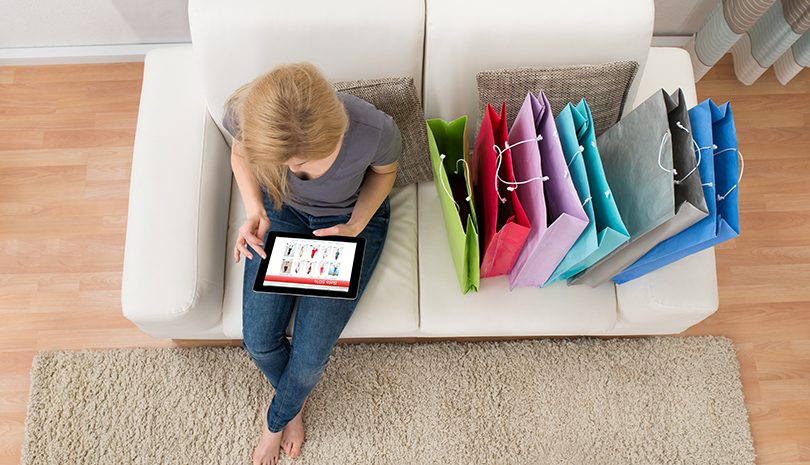Surviving Christmas as an online retailer

With news of yet another bricks-and-mortar store closing its doors (Laura Ashley, Roger David), there is mounting evidence this may finally be the year that the bulk of Christmas shopping is done online.
But while customers appear ready to embrace e-commerce, there are still some key differences between the in-store and online shopping experience. Here, I offer some advice about how best to capture the attention of shoppers and encourage them to open their wallets through good CX.
Firstly it’s important to realise that online shopping is very different to shopping in the physical sense. When a customer enters a bricks-and-mortar store, the retailer has control over the sensory environment. They can control what the customer sees or hears. In physical stores, customers do not have direct access to competitors’ items. Store staff will only discuss the features and benefits of their own products. If the customer wants to know about a competitor’s product, they first have to physically leave the store.
Now imagine the difference in the level of control retailers have over the customer experience online. Firstly, they have little control over what the customers sees or hears around them – they may be looking at their iPad in a coffee shop and have multiple tabs open! The retailer may have created a visually appealing ambience for their webstore, but the customer needs only close the tab or look over their left shoulder, and the spell is broken. In a bricks-and-mortar store, competitors’ products are not likely to be displayed beside the retailer’s own offering, but online, customers can easily flip between several sites to make direct comparisons.
While it is no doubt easier to encourage customers to purchase without side-by-side analyses of competing products, retailers can still ensure they provide an excellent experience online. Here are four suggestions:
- Provide additional information in the the product description area, and not just the obvious things like “this is a fridge designed to keep your food chilled.” Include the origin of the product, how sustainable it is, where it is sourced from. Customers are not able to touch and feel the product as they can in-store, so make sure to use descriptive writing and photos to support the product.
- Allow customers to check out as a guest. Don’t force them to have a member account with your business in order to make a purchase.
- Remember the up-sell. Take note of what customers are already looking at and offer them a complementary item, or provoke them with something they would never have looked at. But be sure to frame it in a way that makes it obvious they are being provoked, rather than seeming simply unaware.
- Do customers a favour and make your search a decent one; you will live and die by the quality of your search navigation. Items should be properly categorised, easy to find and make sense. Treejack is a great tool for testing whether the place you think something should live on your site matches where users think it should be.
Katja Forbes is an Australian pioneer in the experience design industry, an international director on the board of the Interaction Design Association and founder of CX design business syfte.
Comment Manually
You must be logged in to post a comment.

No comments